The unveiling of a new library collection at the Walt Whitman Birthplace State Historic Site has allowed it to lay claim to having the second largest Whitman-related book collection in the world.
The Walt Whitman Birthplace Association publicly celebrated its acquisition of approximately 300 Whitman-related books collected by late Northport resident Marvin Feinstein April 26.
“This collection will be of tremendous value to Walt Whitman scholars and historians,” said George Gorman, deputy regional director of New York State Parks, Recreation and Historic Preservation. “It’s an amazing treasure.”
“Ever since I knew Marvin, I knew how much he admired the writing of Walt Whitman.”
– Miriam Feinstein
Miriam Feinstein said her husband, Marvin, was a lifelong book collector turned bookseller. Together, the couple ran M&M Books selling out-of-print, rare volumes at large book fairs up and down the East Coast since the early 1980s.
“Ever since I knew Marvin, I knew how much he admired the writing of Walt Whitman,” she said. “It was always his dream to acquire a full collection of Walt Whitman’s books.”
She recalled how almost every day, her husband, would set off and “invariably” come home with a bag of books. Sometimes he would purchase books by Whitman or one of his other favorite writers, Mark Twain.
Upon her husband’s passing, Feinstein and her sons, David and Allen, reached out to the WWBA offering to donate 40 Whitman-related books, according to Executive Director Cynthia Shor — one of which was a volume containing the complete works of Walt Whitman.
The family then offered to donate half of the remaining collection, about 250 books, which had been appraised at $20,000. The collection contains many rare books including 25 first editions, among which are “Leaves of Grass” and “November Boughs.” The association was only able to come up with funding to purchase 10 additional books and sent Shor to the Feinstein’s home to pick them out.
“This collection will be of tremendous value to Walt Whitman scholars and historians.”
– George Gorman
“When I got there I realized there was not a best book, they were all the best books,” Shor said. “I came back and said, ‘We have to do something more than this. We have to secure this for history.’”
WWBA Trustee Jeffrey Gould stepped forward to donate $10,000 through his Jeffrey S. Gould Foundation to acquire the entire collection, which will become known as “The Norman and Jeanette Gould Library” in honor of his parents.
Jeffrey Gould said his parents started up a publishing company in Queens during the 1950s, like Whitman, and ran their own printing presses.
“It’s such an amazing parallel to our own lives,” he said. “We can help spread the word of literacy with Walt’s magnificent writings.”
The collection will be housed and preserved in a bookcase on the birthplace’s premises, among its other exhibits in the main hall. It will be available to the public for scholarly research, historic documentation and those who generally appreciate Whitman’s writing.
Trustee Tom Wysmuller said with this addition, the birthplace’s collection of Whitman-related books is second largest only to the Library of Congress.
“They don’t have to go to Washington D.C. anymore, they can come right here,” Wysmuller said. “You can come here and steep yourself in history.”

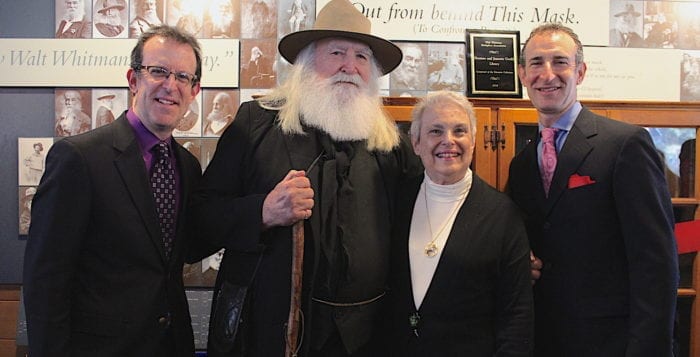


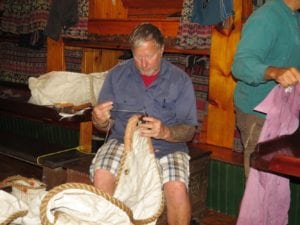

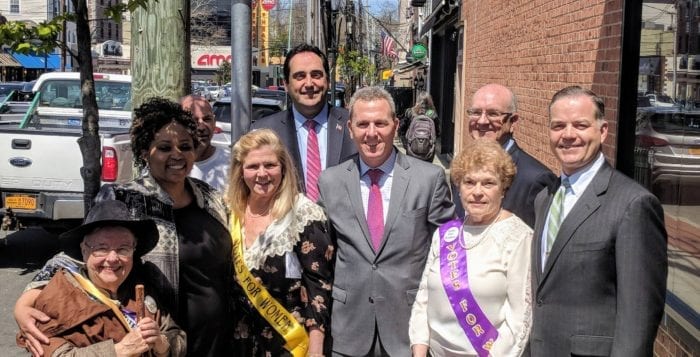

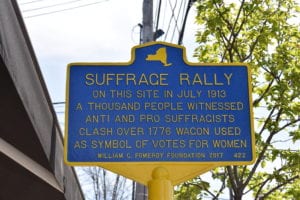



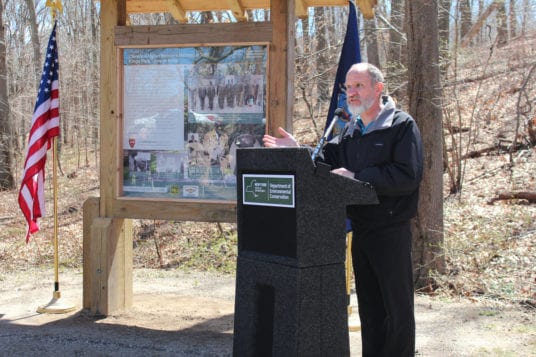
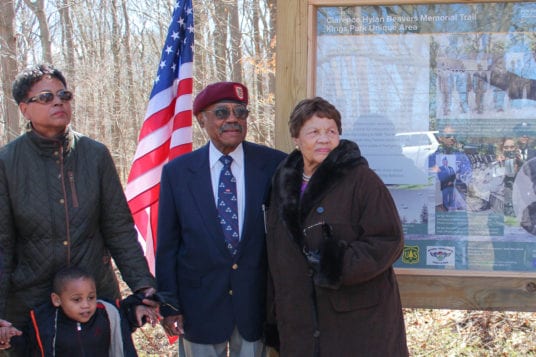


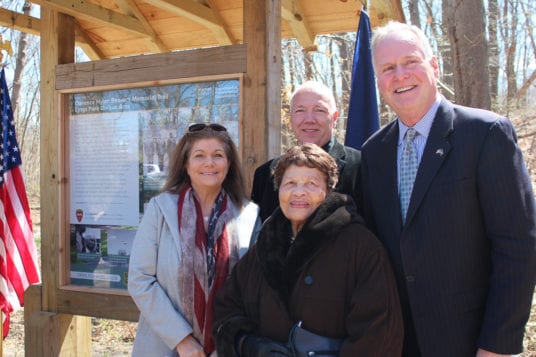
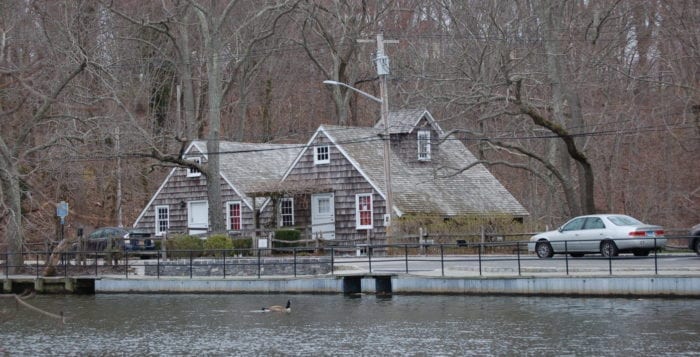
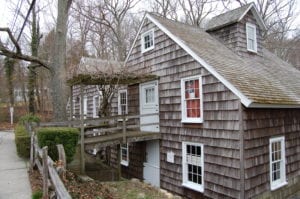

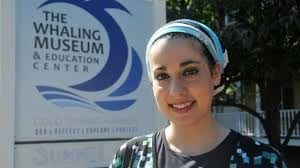
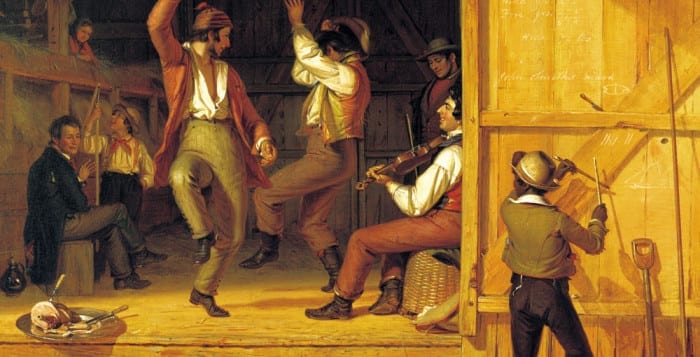
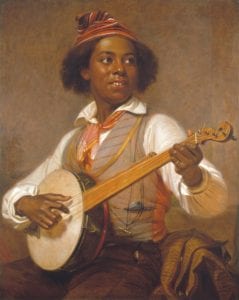
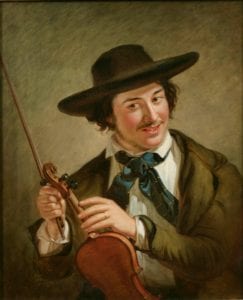
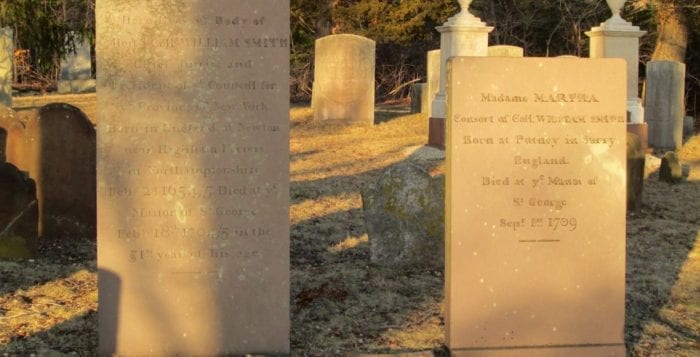

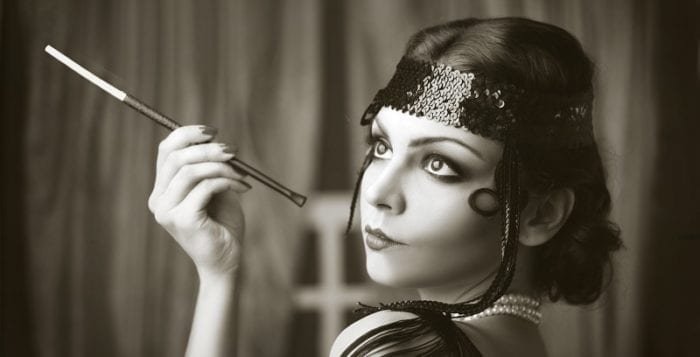
 Travel back in time to the glitz and glamour of Long Island in the 1920s with a party Gatsby himself would be jealous of! The Smithtown Historical Society will host a Roaring 20s Party at the Elks Lodge, 120 Edgewood Ave., Smithtown on Saturday, April 7 at 7 p.m Enjoy dinner and dancing — period appropriate costumes encouraged! $75 per person, $140 couple. To RSVP, call 631-265-6768.
Travel back in time to the glitz and glamour of Long Island in the 1920s with a party Gatsby himself would be jealous of! The Smithtown Historical Society will host a Roaring 20s Party at the Elks Lodge, 120 Edgewood Ave., Smithtown on Saturday, April 7 at 7 p.m Enjoy dinner and dancing — period appropriate costumes encouraged! $75 per person, $140 couple. To RSVP, call 631-265-6768.



